Giant Knotweed: The Most Invasive Plant In America
Title: Giant Knotweed: The Most Invasive Plant in America
Introduction:
Giant knotweed is a fast-growing, invasive plant that is native to Eastern Asia. It was first introduced to the United States in the late 1800s as an ornamental plant, but it quickly escaped cultivation and began to spread rapidly. Giant knotweed is now considered one of the most invasive plants in America, and it is a serious threat to native ecosystems and infrastructure.
Main Content:
Giant knotweed is a perennial plant that can grow up to 15 feet tall and 10 feet wide. It has thick, bamboo-like stems that are hollow and can grow up to 6 inches in diameter. The leaves are large and heart-shaped, and they can grow up to 12 inches long. Giant knotweed blooms in the summer, producing small, white flowers.
Giant knotweed is an extremely aggressive plant that can quickly outcompete native vegetation. It spreads by both seed and rhizomes, which are underground stems that can grow for long distances. Giant knotweed can also grow through concrete and asphalt, making it difficult to control.
Giant knotweed is a serious threat to native ecosystems. It can displace native plants, disrupt wildlife habitats, and pollute waterways. Giant knotweed can also damage infrastructure, such as roads, bridges, and buildings.
Treatment and Prevention:
There is no easy way to control giant knotweed. Treatment methods typically involve a combination of physical removal, herbicide application, and soil solarization. Physical removal is the most effective way to control giant knotweed, but it can be labor-intensive and expensive. Herbicide application can be effective, but it is important to use herbicides that are specifically designed for giant knotweed. Soil solarization is a process that uses heat to kill giant knotweed rhizomes.
The best way to prevent the spread of giant knotweed is to identify and remove it early. If you see giant knotweed on your property, do not disturb it. Contact a professional to remove it properly.
Conclusion:
Giant knotweed is a serious invasive plant that poses a threat to native ecosystems and infrastructure. It is important to be aware of this plant and to take steps to prevent its spread. If you see giant knotweed on your property, do not disturb it. Contact a professional to remove it properly.
Giant knotweed is an invasive plant that can cause significant damage to property and infrastructure. If you think you may have giant knotweed on your property, it is important to identify it and take steps to control it. You can find more information about giant knotweed, including how to identify it and control it, at Home Gardening.
FAQ of giant knotweed
- What is giant knotweed?
Giant knotweed is an invasive plant that is native to East Asia. It is a fast-growing plant that can reach heights of up to 10 feet. Giant knotweed has thick, bamboo-like stems and large, heart-shaped leaves. It can spread rapidly by its rhizomes, which are underground stems that can grow up to 60 feet long.
- How does giant knotweed spread?
Giant knotweed can spread in a number of ways, including:
* Rhizomes: The rhizomes of giant knotweed can grow up to 60 feet long and can easily break off and start new plants.
* Stem fragments: Even small pieces of giant knotweed stem can start new plants.
* Water: Giant knotweed can spread in water, both by its rhizomes and by stem fragments.
* Equipment: Giant knotweed can spread on the tires of vehicles or on the blades of gardening tools.
* Fill dirt: Giant knotweed can spread in fill dirt, so it is important to check fill dirt for giant knotweed before using it.
- How can I control giant knotweed?
Controlling giant knotweed can be difficult, but it is important to do so as it is an invasive species that can damage property and infrastructure. There are a number of ways to control giant knotweed, including:
* Cutting: Cutting giant knotweed can help to slow its spread, but it is not a permanent solution. The plant will resprout from its rhizomes.
* Herbicides: There are a number of herbicides that can be used to kill giant knotweed. However, it is important to use herbicides carefully, as they can also harm other plants.
* Mowing: Mowing giant knotweed can help to weaken the plant and make it more susceptible to herbicides. However, mowing alone is not a permanent solution.
* Solarization: Solarization is a method of using sunlight to kill giant knotweed. This involves covering the plant with clear plastic for several weeks.
* Biocontrol: Biocontrol is a method of using insects or other organisms to kill giant knotweed. There are a number of insects that have been shown to be effective at killing giant knotweed.
- What are the risks of giant knotweed?
Giant knotweed can pose a number of risks, including:
* Damage to property: Giant knotweed can damage foundations, sidewalks, and other structures.
* Damage to infrastructure: Giant knotweed can damage roads, railways, and other infrastructure.
* Invasion of natural areas: Giant knotweed can invade natural areas and displace native plants.
* Health risks: Giant knotweed can irritate the skin and eyes. It is also possible that giant knotweed could pose a health risk if ingested.
Image of giant knotweed
- Young shoots of giant knotweed. These shoots are light green and hollow, and they can grow up to 6 feet tall.
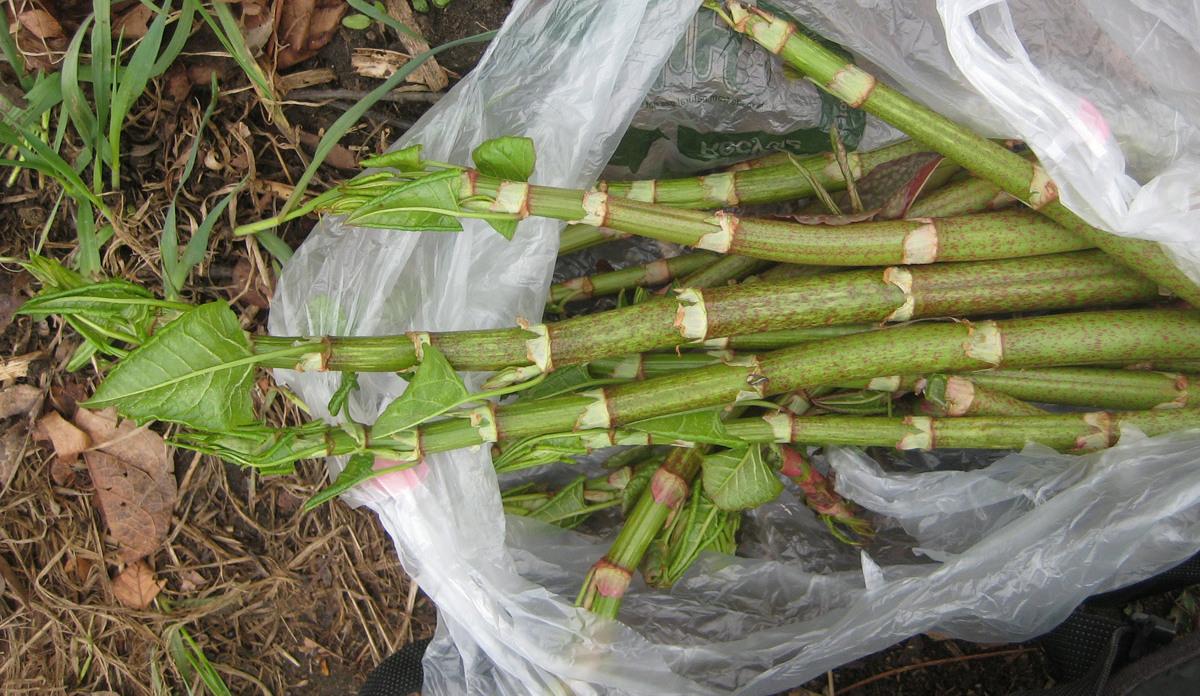
- Flowering giant knotweed. The flowers of giant knotweed are small and white, and they bloom in late summer.
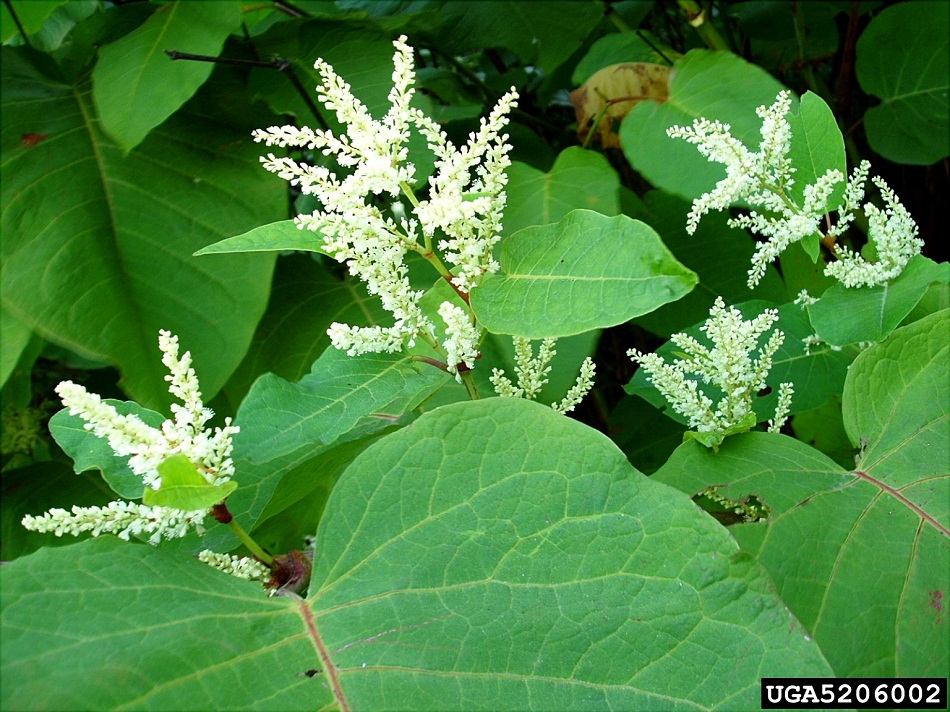
- Giant knotweed leaves. The leaves of giant knotweed are large and heart-shaped, and they can grow up to 12 inches long.
- Giant knotweed stems. The stems of giant knotweed are thick and hollow, and they can grow up to 16 feet tall.
- Giant knotweed roots. The roots of giant knotweed can grow up to 60 feet long and 3 feet deep, making it difficult to control.
- Giant knotweed in a garden. Giant knotweed can quickly spread and take over a garden, so it is important to control it if it is found.
- Giant knotweed along a riverbank. Giant knotweed can grow in a variety of habitats, including along riverbanks and in disturbed areas.
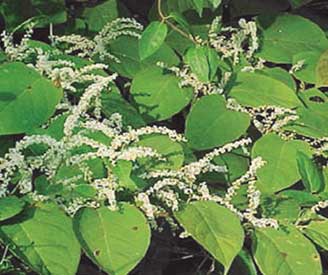
- Giant knotweed in a forest. Giant knotweed can outcompete native plants and damage ecosystems, so it is important to control it if it is found in a forest.
- Giant knotweed in a field. Giant knotweed can be a nuisance in fields, as it can damage crops and make it difficult to walk through.
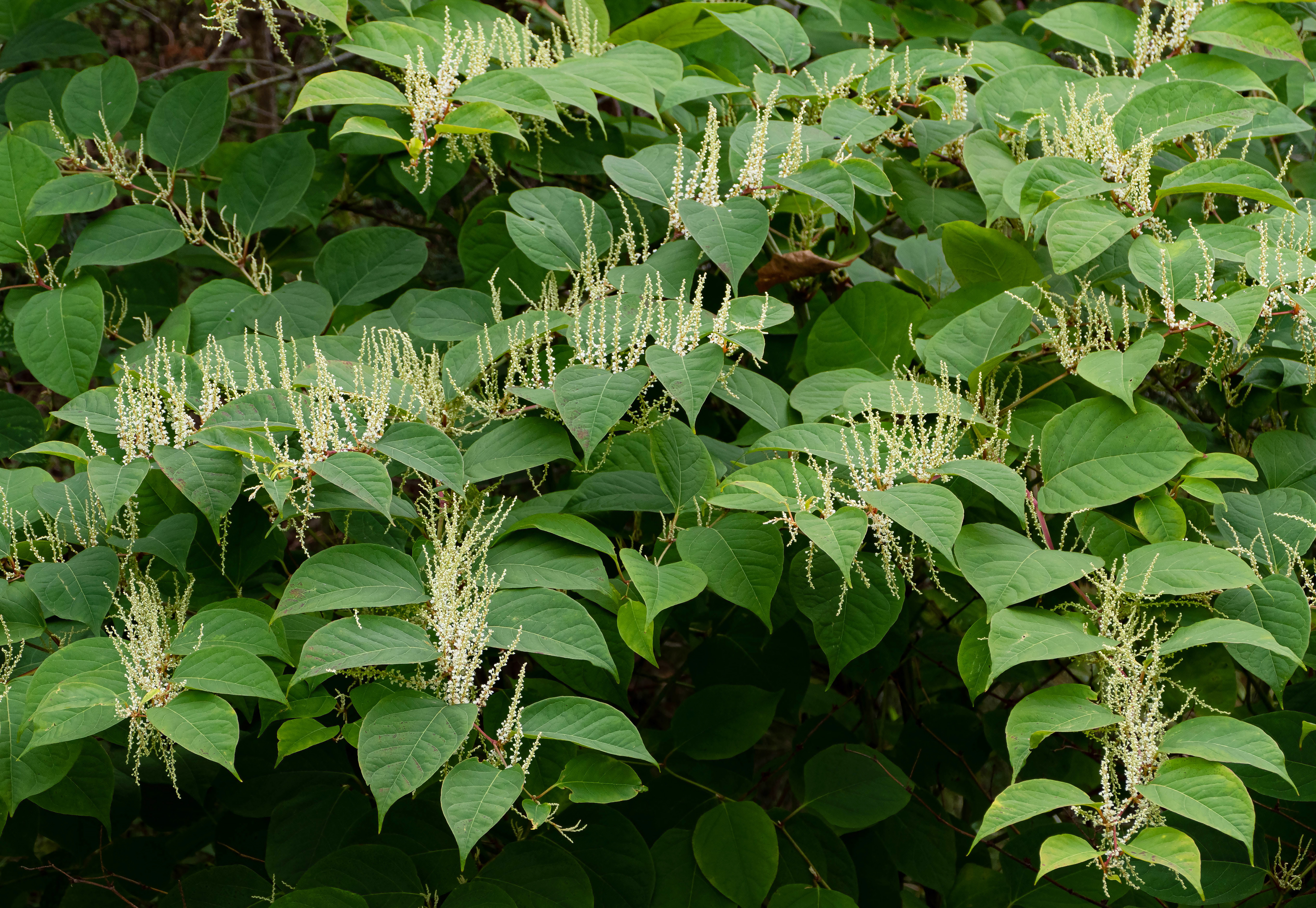
- Giant knotweed being controlled. There are a variety of methods for controlling giant knotweed, including herbicide treatment, mowing, and digging.
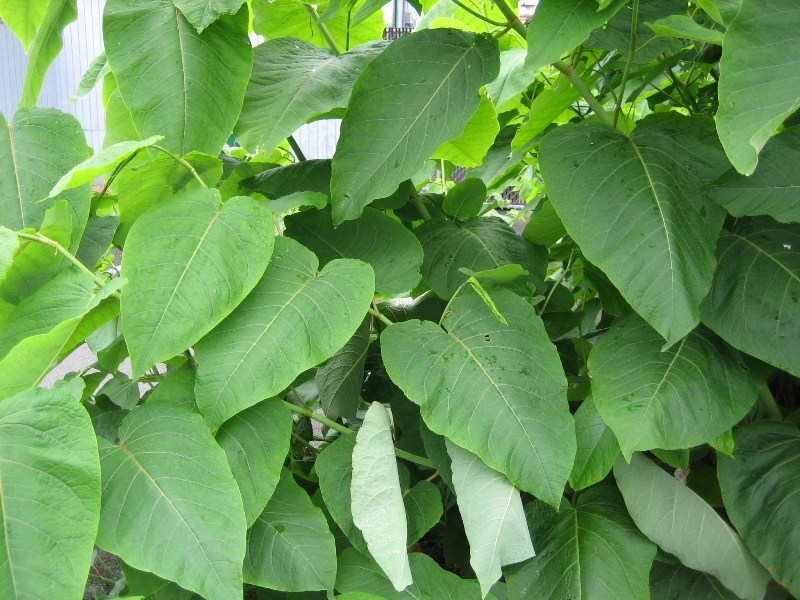
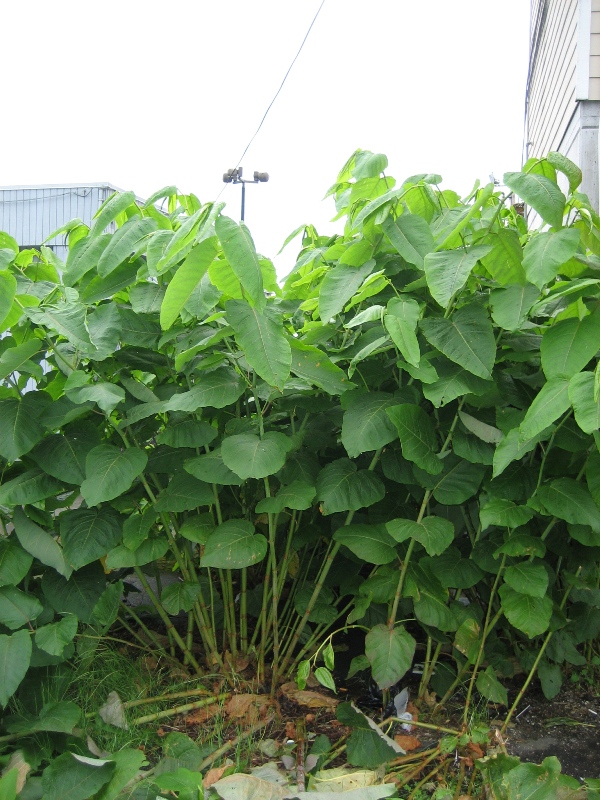
Post a Comment for "Giant Knotweed: The Most Invasive Plant In America"